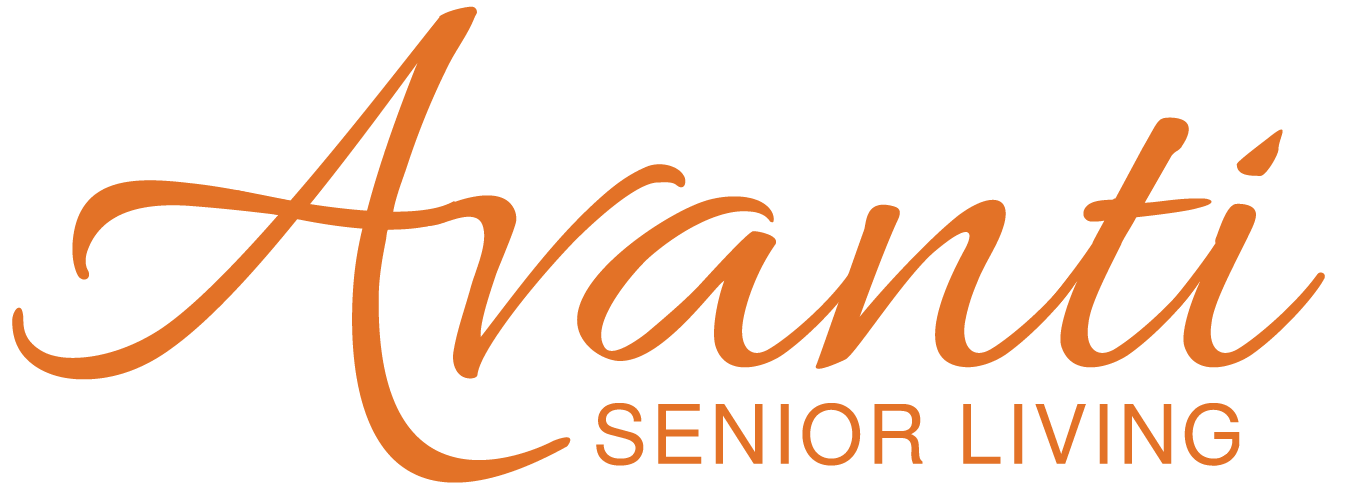 Vegetables and fruits are an important part of a healthy diet, and variety is as important as quantity. Eating fruits and vegetables in a variety of colors, such as red, orange, yellow, dark green, blue, and purple, not only provides an eye-pleasing array of colors, but it also provides a broad range of nutrients, particularly “phytochemicals”, compounds produced by plants that are found in fruits, vegetables, grains, and beans, that may have health-promoting abilities. As a rule of thumb, usually the deeper color of the vegetables, the better.
Vegetables and fruits are an important part of a healthy diet, and variety is as important as quantity. Eating fruits and vegetables in a variety of colors, such as red, orange, yellow, dark green, blue, and purple, not only provides an eye-pleasing array of colors, but it also provides a broad range of nutrients, particularly “phytochemicals”, compounds produced by plants that are found in fruits, vegetables, grains, and beans, that may have health-promoting abilities. As a rule of thumb, usually the deeper color of the vegetables, the better.
Consuming different color foods plays a role in ensuring you are getting enough essential nutrients, vitamins, minerals, antioxidants, fiber, and more. A diet rich in vegetables can help to protect against many potential body ailments and chronic diseases, as well as helping to lower blood pressure, reduce risk of heart disease and stroke, and prevent some types of cancer.
Red:
Red beets are a good source of potassium, magnesium, fiber, folic acid, and vitamins A, B, and C, as well as phytonutrients, called betalain, which provide antioxidant, anti-inflammatory, and detoxification support. Beets have zero fats, are low in calories, and are a great energy booster because they are high in carbohydrates and a natural source of sugar. They help to cleanse the body by working as a purifier for the blood and helping to prevent various forms of cancer.
Whether you consider a tomato a fruit or a vegetable, red color tomatoes contain lycopene, a red pigment that may help with protecting against breast and prostate cancers. Tomatoes are also loaded with antioxidants from vitamins A and C to help protect against cell damage.
Orange:
Orange color vegetables like carrots, sweet potatoes and pumpkin contain vitamins, such as vitamin C, as well as the phytochemical “beta-carotene, both of which are important for vision and immune function.
Yellow:
Yellow vegetables such as squash, corn, peppers and yellow beets are known to contain flavonoids, potassium, lycopene, and vitamins A and C. They aid in eye health, lowering the risk of prostate cancer, promoting healthy joints, and boosting the immune system.
Green:
Highly nutritious and delicious, kale greens are packed with vitamin K, A and C, iron, and antioxidants like carotenoids and flavonoids. The cruciferous vegetables, such as broccoli, Brussels sprouts, and cabbage, contain the phytochemicals “indoles” and “isothiocyanates” that have been shown to have anti-cancer properties.
Blue/Purple:
The blue/purple hues in foods, such as eggplant, are due primarily to their anthocyanin content. Anthocyanins are antioxidants that are particularly heart healthy and may help support healthy blood pressure.
So go ahead…brighten up your plate and you will brighten up your health!!!

